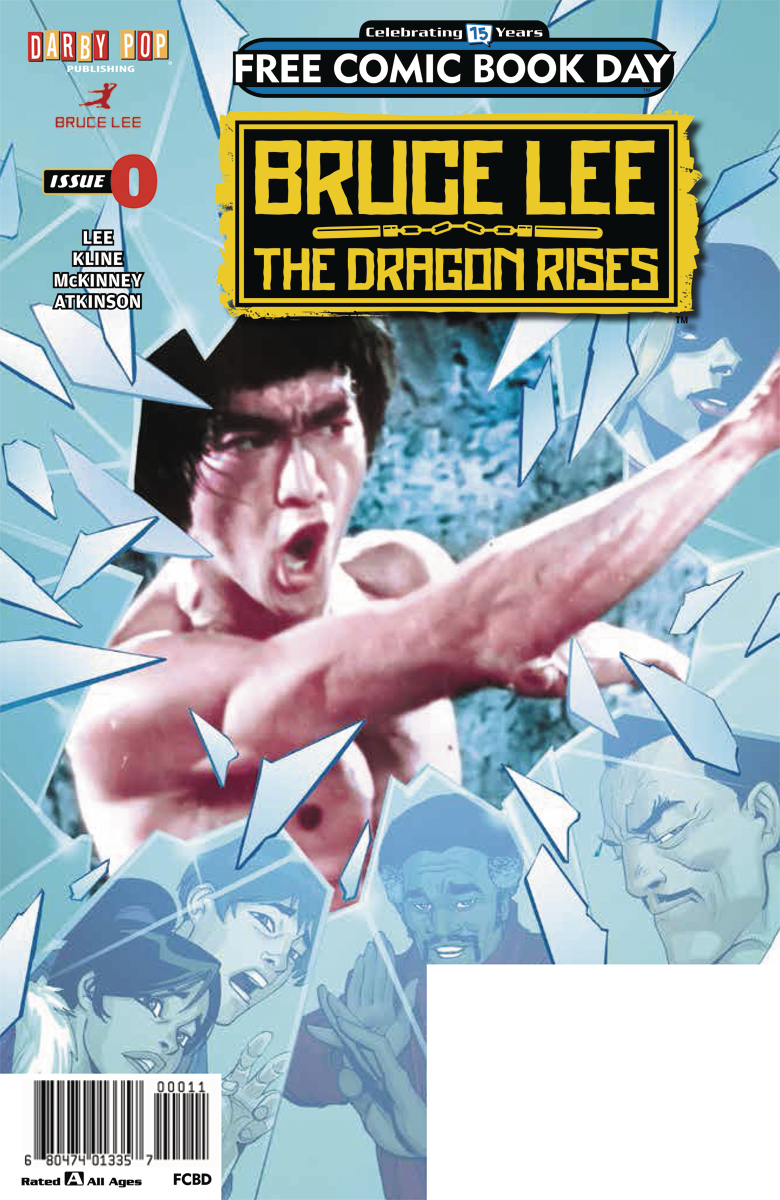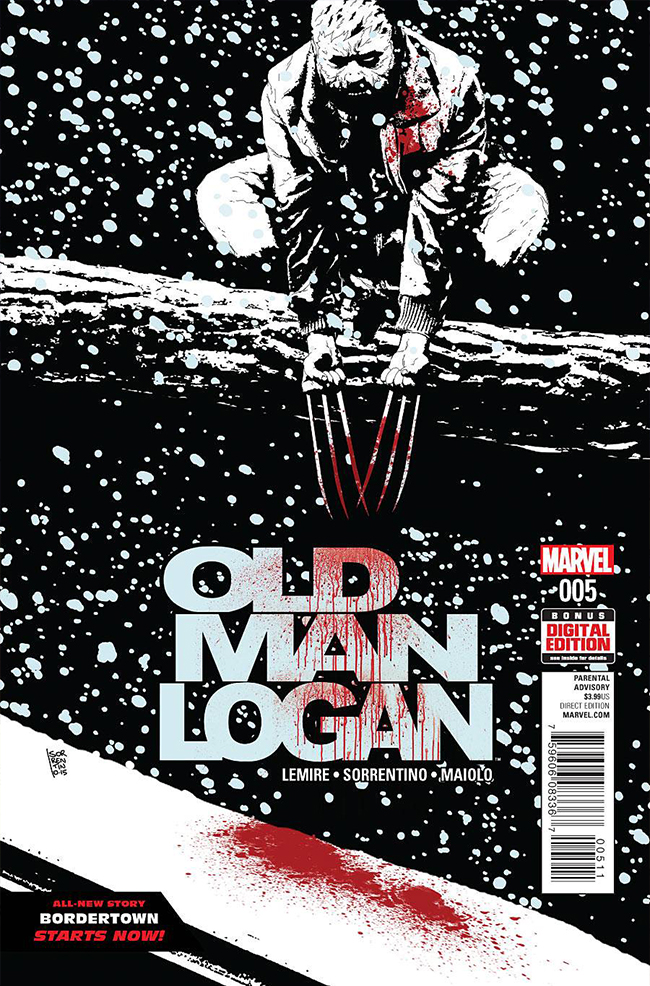
Devolution, Issue #4 has been in my to-read pile with an ever-growing number of books and single issues for some time, but as soon as I opened it, I was hooked again. Scientists developed the DVO-8 bomb, which would cure the people it was dropped on of faith. It was dropped on the Middle East, of course. Get rid of violent Islam, violent Judaism, and violent Christianity where it's all coming to a head, and you "save" the world. Only the bomb doesn't work as planned. It starts people, animals, and plants devolving. Strange creatures populate the world, and only a few non-devolved humans survive. A few of them make it to San Francisco in this issue, and they attempt to reverse the devolution, but can they?
Devolution is good. It's mostly an action story with a few clever ideas thrown in, and such stories rely heavily on characterization by the writers and the artists (and the performers, in other media). Like many adventure stories, the main character is mostly staid, with bizarre supporting characters that really steal the show. The Jerry Seinfeld Show was a bit like that, with the three main supporting characters and the minor characters stealing the show. Of course, in four issues, the characters can't develop too deeply, but I really like the direction this title is going in.






















